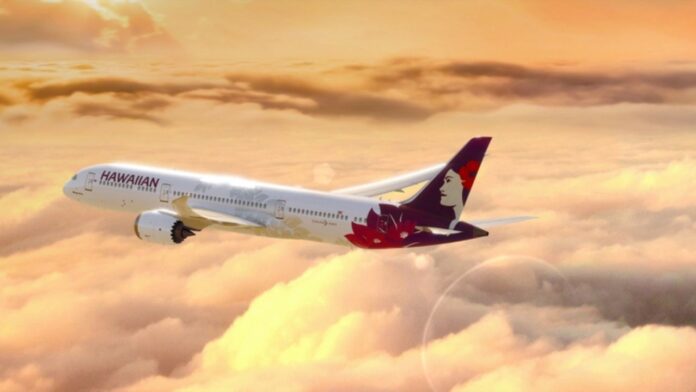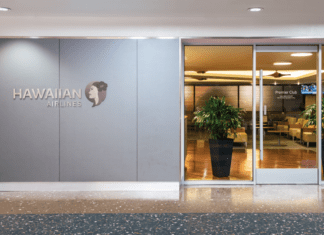A Change in Hawai‘i’s Global Connectivity
Hawaiian Airlines will suspend service on three major international routes—Honolulu to Boston (BOS), Seoul–Incheon (ICN), and Fukuoka (FUK)—starting this November. In a recent leadership email, Hawaiian Airlines’ CEO framed the decision as a response to years of unprofitability, despite the routes’ importance, noting it followed thorough internal review and executive-level deliberations.
HNL–BOS: Saying Goodbye to Our Longest Domestic Haul
For many of us, HNL–BOS wasn’t just another route—it was the longest nonstop domestic flight in the U.S., spanning roughly 5,095 miles and lasting 11½ hours or more. Its suspension marks the end of an era—and no doubt carries emotional weight for crews and travelers alike.
The Fade of Broader International Connections
This announcement adds to a growing narrative: Hawaiian has already divested Honolulu–Narita (NRT) in favor of shifting to Seattle–Narita (SEA–NRT)—a clear signal of Alaska Airlines’ vision to centralize international service through SEA, their expanding global hub.
At present, Hawaiian still flies to select routes: HNL–Sydney (SYD), Tokyo–Haneda (HND), Osaka–Kansai (KIX), Papeete (PPT), Pago Pago (PPG), Rarotonga (RAR), and seasonal Auckland (AKL). These will remain active, with even increased frequency over holidays, and a second weekly HNL–PPT starting next year.
Alaska’s Profit-Driven Alignment
Let me be transparent: rollbacks like these will disappoint many—residents who cherished direct links to important destinations, crews who served these routes with pride, and visitors who planned easier access. But lets look at the bigger picture:
Hawaiian reported its first quarterly profit in six years, a milestone linked directly to strategic consolidation and integration efforts alongside Alaska. I will mention, though, that Hawaiian was on track for profitability before the buyout.
Despite months of stimulus efforts, HNL–ICN, –FUK, and –BOS remained significant money-losers, generating tens of millions in combined annual losses.
From where I sit, while uncomfortable, this appears a prudent, responsible pivot—especially as Alaska looks to bolster Hawaiian’s performance as a brand and ensure long-term viability for our homegrown carrier.
Peering Ahead: What International Routes Might Thrive?
While Hawaiian says all capacity from the suspended routes will be reinvested into stronger Hawai‘i markets, it’s also worth considering how this fits into Alaska Airlines’ broader network ambitions. These widebody aircraft—freed up from HNL–BOS, –ICN, and –FUK—could be strategically repositioned to support other long-haul operations out of Seattle. That shift might not only bolster existing Pacific routes from SEA, but also create space in the schedule and fleet for further European expansion.
This idea gains weight when you factor in Alaska’s recent announcement of Seattle–Rome, London, and Iceland flights coming in 2026. By consolidating underperforming international routes from Honolulu and redirecting assets to high-demand markets, Alaska may be laying the groundwork for a transatlantic push—while still keeping Hawaiian’s Pacific presence intact.
Given Alaska’s hub-centric strategy and desire for profitability, I’d expect Hawaiian’s retained international routes to show resilience—and possibly expand:
Japan: Twice-daily HND and daily KIX, backed by strong ties and existing demand.
Australia & Oceania: Daily SYD, enhanced PPT, and seasonal AKL hold tourist appeal and cultural pathways.
South Pacific: PPG and RAR, supported by Hawai‘i’s unique role as a Pacific nexus.
Meanwhile, the loss of ICN, FUK, BOS—and previously NRT—points toward leaner, demand-focused routing. Unless demand recovers, bringing back these routes seems unlikely in the near term.
So what do you think? Will we soon see only narrow-body A321s and Boeing 737s to and from Honolulu? How will other carriers respond, especially on the Boston route? Let me know what you think below.










